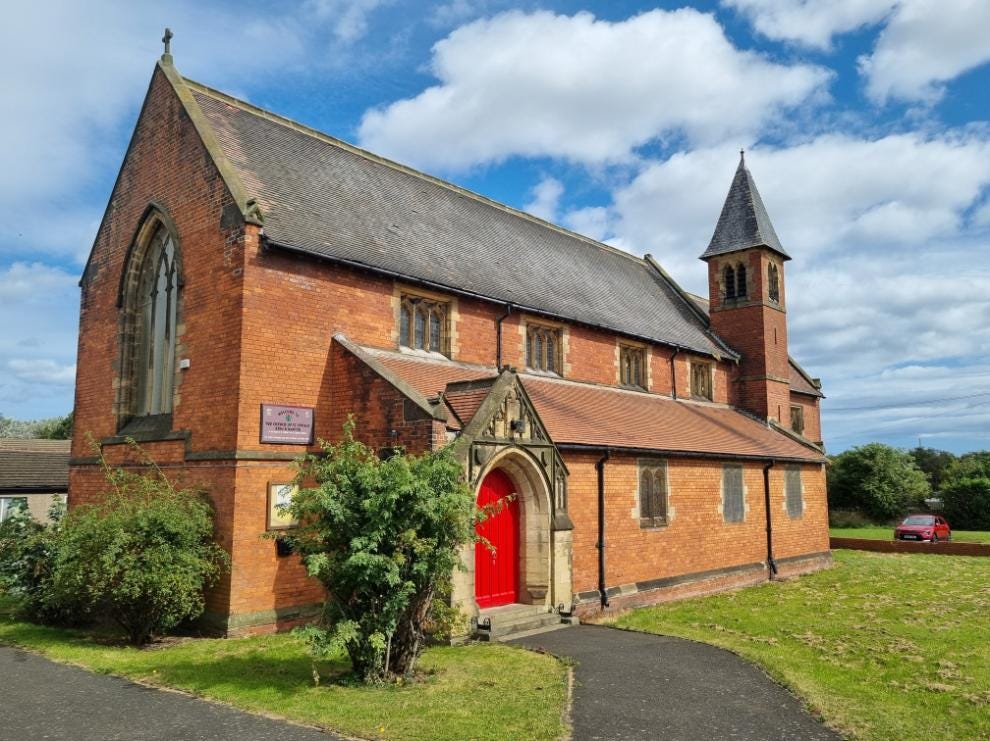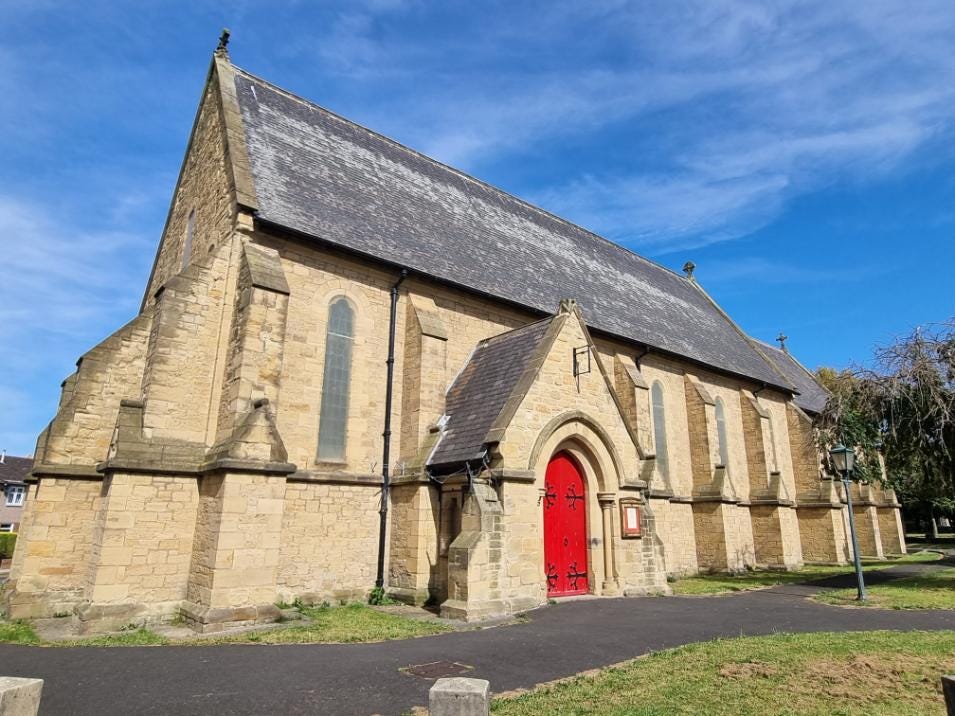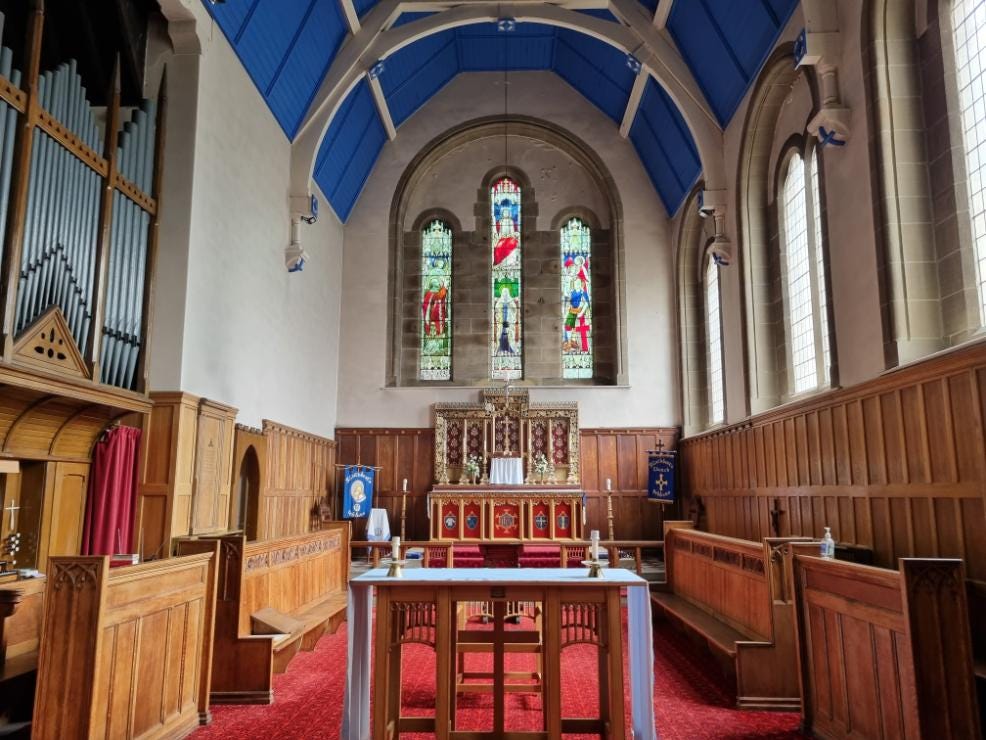Historic Hebburn churches face closure
Sadness as Tyneside town set to lose two churches with deep roots in the community’s industrial past. Tony Henderson reports
A Tyneside town faces the loss of two of its Victorian churches which are just over a mile apart.
Churches of St Oswald and St Cuthbert in Hebburn were built to serve what was then a thriving 19th century industrial town with a colliery, shipyards and many factories.
But congregations have now dwindled and the total for both Church of England places of worship is around 25.
David Cleugh, priest in charge at the two churches, said: “The Parochial Church Council of St Cuthbert’s and St Oswald’s has made the difficult decision to begin the process of exploring the closure of both churches.”
A consultation process, overseen by the Church Commissioners is now underway. If the churches close, the community will be served by St John’s Church in Hebburn.
“We would like to express our heartfelt thanks to the wonderful volunteers who have supported our ministry and community over the years," added Fr Cleugh. “In recent years, the churches have struggled to attract the new volunteers essential for the day-to-day running and ministry of church life.”
At present there is only one church warden for both buildings. The closure process will take place in three stages and is expected to take around six to eight months.
The sites in the town once occupied by industries, which provided thousands of jobs, have now been mostly developed for housing.
Fr Cleugh said: “It is very sad. But the Hebburn for which the churches were built no longer exists.”
The churches are seen by many as a key part of Hebburn’s industrial history. Its Hawthorn Leslie shipyard built warships such as HMS Kelly, which was the inspiration for the Noel Coward and Richard Attenborough film In Which We Serve, while Hebburn Colliery was used to test the prototype Davy miner’s safety lamp.
The shipyard was founded by Scot Andrew Leslie who brought with him many Presbyterian workers for whom he built St Andrew’s church, near St Cuthbert’s Church, with its landmark tall spire visible from the opposite bank of the Tyne.
But St Andrew’s has gone out of use and is now a Buddhist centre.
Fr Cleugh said: “The Church of England is not leaving Hebburn without a church. St John’s church is doing quite well. We are staying in Hebburn but not with three buildings.”
St Oswald’s was completed in 1883 and was largely used by the mining community of Hebburn Colliery until 1932, while many of the St Cuthbert’s congregation were shipyard workers.
St Oswald’s has a small spire tower. Its interior with two altars includes a window by Leonard Evetts, the most prolific stained glass window designer of the 20th century.
The foundation stone for St Cuthbert’s church was laid on March 19, 1872.
A new organ was introduced in 1878, built by the famous firm of Messrs Harrisons of Durham at a cost of £250.
Durham Diocese says: “Both St Oswald’s and St Cuthbert’s have deep roots in a community that was historically at the forefront of the Industrial Revolution.”
There are concerns that if the closures go ahead then both churches could be demolished and it is hoped that alternative uses could be found.
Hedley Hall, which stands next to St Cuthbert’s Church, is owned by the Church of England, but is managed by a trust as a community building, and its survival is considered to be important.
The threat to the churches has sparked a widespread social media reaction, with responses such as:
It'll be such a shame to see the church go;
Very sad, St Oswald’s church holds lots of memory for our family;
They're both lovely buildings, this is so sad;
How sad and how times change;
Hope these buildings get into the right hands and something good happens to them, and they are put to good use for the community, hopefully not pulled down, so sad to see this happening;
Such a shame, to lose both churches.
Will be a big loss to parishioners and the Hebburn community;
Another piece of Hebburn history going – so sad.





